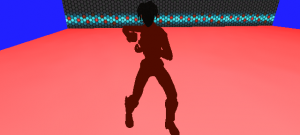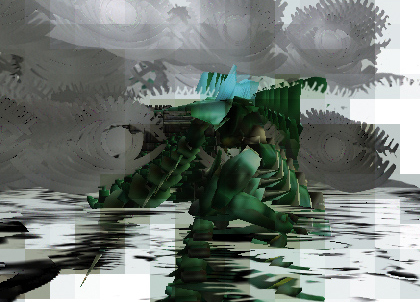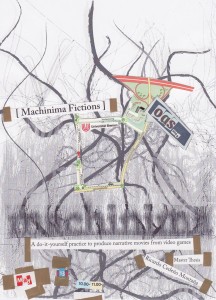18
11/10
22:02
Machinima at SIGRADI 2010
SIGRADI 2010 announcement here
Machinima Fictions: A DIY practice to produce animated movies from Videogames
Ricardo Cedeño Montaña
Building: Edificio W.
Room: Classroom 101
Date: 2010-11-18 04:20 PM – 04:40 PM
Last modified: 2010-11-03
Abstract
ABSTRACT
The mixture of playing videogames and producing movies has produced a new kind of moving image, a hybrid that, in the underground realm of videogames, has silently lured thousands to enter its territories. In the late 1990s, devoted players started to use videogame software for movie production. Their activity molded a narrative medium called ‘machinima’. Two recent productions are discussed to describe the various facets of this phenomenon in order to present the features that make up machinima and how it is relevant to popular culture.
KEYWORDS: machinima, videogames, hybrid, real-time, do-it-yourself (DIY).
Update (28.feb.2011)



